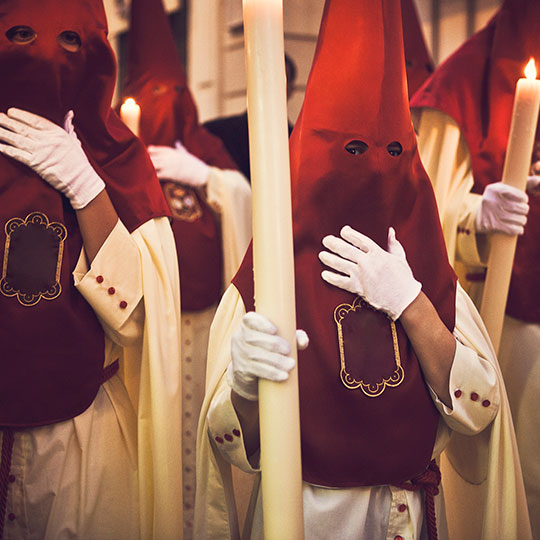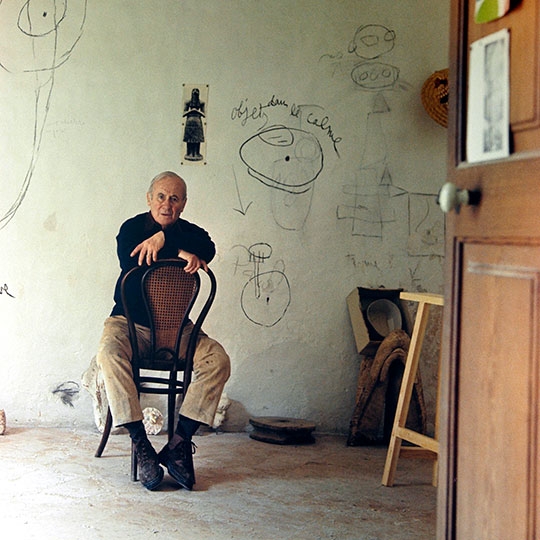Monuments and historical heritage
In Spain there are more than 15,600 monuments, archaeological sites, gardens, and historical complexes that have been declared Properties of Cultural Interest (BIC). It’s a rich, diverse heritage that’s extraordinarily valuable, and remains from the different civilisations, cultures, and historical eras that evolved on Spanish territory have been preserved: from Iberians and Celts to Romans and Arabs as well as Phoenicians, Greeks, and Visigoths who all left their mark. Within this mix unique artistic styles are also to be found, such as Asturian pre-Romanesque, Mudejar architecture and Andalusí art. So it’s no surprise that Spain is the country with the fourth largest number of UNESCO World Heritage sites in the world. From the cave paintings at the Altmira Cave and the findings at Atapuerca to the Segovia Aqueduct, the Alhambra Palace in Granada, and the Great Mosque of Córdoba, to the cathedrals of Seville and Burgos, and the Sagrada Familia in Barcelona. These are just a few examples of Spain’s multitude of cultural treasures that just have to be seen and experienced. The 15 Spanish World Heritage cities are definitely worth a special mention, as visiting them will never disappoint.












